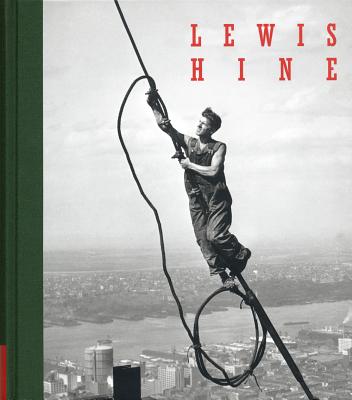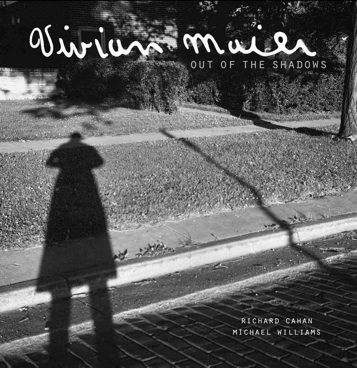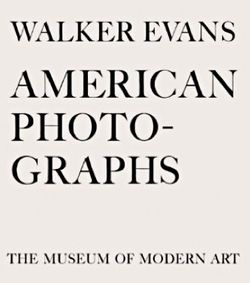For the holidays I usually give you all a column that delves into some far-flung aspect of science. This time I'm waxing a little more philosophical, but it is most decidedly not off-topic—it sprang out of, and directly relates to, photographic discussions here and abroad.
Here's an important difference between mathematics and science. Mathematics is fundamentally an intellectual exercise. You start with a set of postulates or axioms and you see how far you can run with them, creating an extensive and self-consistent (more or less) system of theorems and proofs. It's all in the logic and it's all internal to that system. The system you create doesn't necessarily relate to the real world nor to any other mathematical system you create. It's a beautiful entity unto itself.
Now, there are some wonderful mysteries about this. Many mathematical creations that were created purely as an intellectual exercise later turn out to be of real practical value. Sometimes it takes decades for the practical value of a particular intellectual edifice to be revealed. It is as if you arranged gears and cogs and levers on a table purely on aesthetic and compositional principles and 20 years later someone realized that would be a great working machine for their task.
Another is that deep connections sometimes turn up between an entirely different and apparently independent mathematical creations. Both of these things create wonderful arguments for mathematical philosophers having to do with whether mathematics really is just an intellectual creation that happens to be useful or if it's a genuine discovery about a physical reality. We're not going there today. The main thing to realize is that in mathematics connection to the real world is not a necessity, just sometimes useful.
Science is all about the real world. You can construct the most elaborate and apparently ironclad logical analysis, based on indisputable first principles, and if a laboratory experiment (properly done, of course, and that's a lot harder than most photographers realize) disagrees with that analysis, you have to toss the analysis out. It doesn't matter that you can't figure out what's wrong with it, the real world has told you something is wrong with it.
Here's how this ties into photography: lots and lots of would-be photographic experts treat photography as if it were mathematics. You see this most especially in discussions of the "quantitative" aspects of the craft like sharpness, resolution, diffraction, depth of field, exposure ranges, etc. I call them "would-be experts" because they never subject to their analyses to testing. They then issue pronouncements about how digital cameras cannot match the resolution of film, or how you simply can't stop down a lens beyond a certain point without obvious and visible degradation, or that depth of field does this that or the other, or...you get the idea.
These are the kind of pronouncements that folks with real expertise and experience debunk regularly. Said debunking is regularly disbelieved by an unfortunate fraction of the populace. Why? Because they are entranced by the theory and the analysis.
If someone has produced an extensive and learned discourse on the effect of diffraction on image resolution, but real-world experience and experiments show that the photographs don't behave that way, many people still feel that it needs to be explained where and why the logic is wrong. They believe that the argument really isn't settled until that is accomplished.
Sorry; that's not the way science works. That's the way mathematics works. If you create a theorem and a proof in mathematics and I say it's wrong, I have to show where the logic fails. If you do the same thing in science, all I have to do is show that real world results do not correspond to the intellectual edifice. It's not my job or problem to figure out why the edifice falls down. It's the responsibility, solely, of its creator.
Those are the words of wisdom I want to leave you with this holiday season. Photo-tech is science, not mathematics. Data (emphasis: good data) always trumps logic and theory.
• • •
Note: Further breaking my vow that I was going to stay off-topic until I got caught up through the new year, next week I'll be tossing your way a peculiar photographic puzzle I've run into. Then maybe I'll get back to being off-topic. Or not. I did warn you about "shinies," didn't I.
Ctein
Trained in physics, experimentalist Ctein (it's his only name, and it's pronounced "kuh-TINE") has been writing for photography publications for four decades. His weekly column for TOP appears on Wednesdays.
Original contents copyright 2012 by Michael C. Johnston and/or the bylined author. All Rights Reserved. Links in this post may be to our affiliates; sales through affiliate links may benefit this site.
A book of interest today:
(To see all the comments, click on the "Comments" link below.)
Featured Comments from:
Miserere: "My father-in-law is a mathematician at a prestigious American university; his field of research is differential geometry, and his particular work has no practical applications. He is fond of saying, 'reality is overrated.' As an astrophysicist, I usually respond, well, crap, reality is all I have to work with!
"I see parallels here with arguments in photography that I see happening every day on photo forums. My favourite is how big a print one can make from an x-megapixel image. I have wonderful 30x20-inch prints made from 10MP images, whereas the Internet Sages tell me (and continue to misinform others) that those files can only be printed up to 13x8.7".
"I hope they read your column, Ctein, and put away their damn calculators and just make a print already."
Edd Fuller: "Seems like a lot of people believe the translation of Descartes' 'Cogito ergo sum' is 'I think, therefore it is.'"
Doug: "Even after years of it, I'm still amazed when someone posts a question on a photography forum that they could've answered for themselves with a few trial snaps. Digital is virtually free, folks. Do the experiments.
"See also this xkcd comic."
Zalman Stern: "In my experience, there is little disagreement between good mathematical analysis of photographic systems and their performance in practice. Doing a correct analysis without measurement is generally impossible unless one has the full set of design parameters for the lenses, sensors or film, camera mechanicals, etc., but the state of the art in modeling is up to the task of predicting reality reliably. E.g. lens correction profiles can be generated from design data without measurement or computed from calibration test shots without design data and both methods produce good results. (And yes, in both methods there is often some hand tweaking involved to fix problems from the correction model not being accurate enough.)
"Diffraction is very well understood and can be modelled mathematically to high precision. Such analyses generally show a very gradual falloff in resolution, which matches experience. There are plenty of reasons one might choose to shoot at slower apertures even if they are less optimal in resolution at the plane of focus.
"A certain contingent of pundits around digital photography have made diffraction an issue, largely on the basis of overestimating the value of attempting to exactly optimize resolution. I suppose if you've spent $50k+ on a medium format digital back, any photo that doesn't exhibit exquisite sharpness comes as an affront to one's sensibilities and absolutely requires theoretical explanation. After all, every pixel is sacred. This is not about the disconnect between mathematical theory and photographic reality, it is about promotion of half-baked analysis in service of equipment bias.
"All that said, when it comes to advice on how to actually practice photography I have a pretty simple approach: I look at the person's photos. If they have work that I can learn from, I solicit their advice. Otherwise not. Neither mathematical analysis nor experimental technique is all that relevant."
Mahn England: "I'm an Architect by training. At University we were introduced to the applied sciences of structural engineering, acoustics, and lighting. In 30 years of practice since graduation I have never had to calculate a bending moment, reverberation time, or the spectral output of a luminaire. But as I have found also with photography, others are trained specifically to bother with these important things so that I can get on with what I do knowing that I will get somewhere near the mark...designing a building or taking a photo. To paraphrase the Roman architect/engineer Vitruvius: Firmness, Commodity and Delight...in equal measure."
John Woods: "Sir Arthur Eddington, who provided experimental tests of Einstein's theory of gravity, was interested in the philosophy of scientific method. He famously said: 'Do not trust a theory until it has been supported by experiment; and do not trust experimental results until they have been supported by theory.'"







